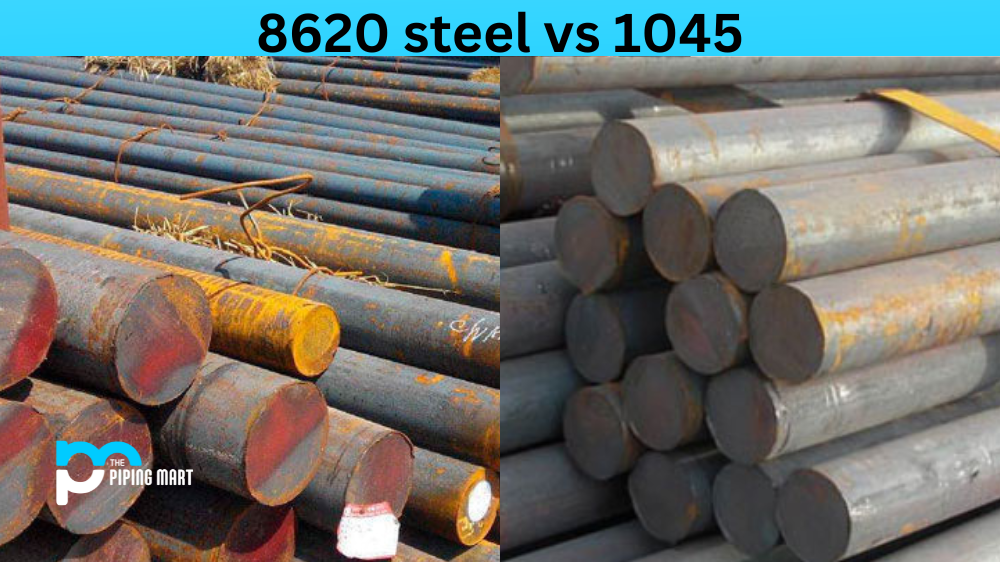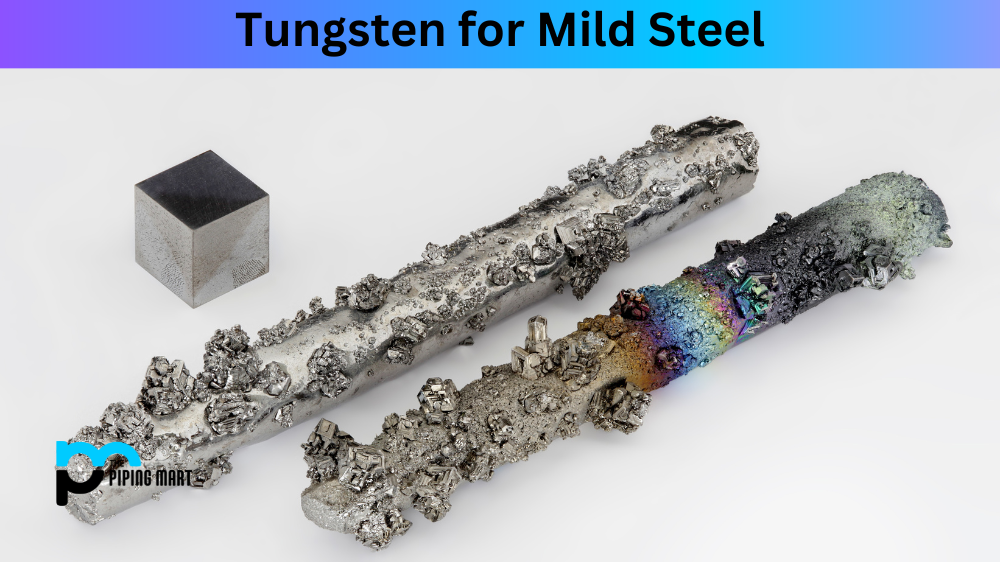Steel is a versatile material used in various industries such as construction, automotive, and oil drilling. Different types of steel are available in the market, each with unique properties. In this blog, we will discuss two types of steel: 8620 and 1045 and their key differences.
What is 8620 Steel?
8620 steel is a low-alloy steel with a carbon content ranging between 0.18% and 0.23%. It also contains other elements such as nickel, chromium, and molybdenum. This type of steel is often used in gears, shafts, and axles due to its high resistance to wear and tear, toughness, and strength. Adding nickel and chromium gives 8620 steel excellent hardenability, making it suitable for heat treatment. Heat treating this steel enhances its core strength and resistance to fatigue, allowing it to withstand harsh environments.
What is 1045 Steel?
On the other hand, 1045 steel is a medium-carbon steel with a carbon content ranging between 0.42% and 0.50%. It is one of the most commonly used steel and is often called a “general-purpose” or “low-stress” steel. 1045 steel has many applications, from machine parts to fasteners and structural components. It is easier to machine than 8620 steel due to its lower carbon content. However, it does not have the same toughness and impact resistance as 8620 steel, which makes it unsuitable for high-stress applications.
Difference Between 8620 Steel and 1045
Another difference between 8620 and 1045 steel is their cost. 8620 steel is more expensive than 1045 steel due to its higher alloy content and enhanced properties. However, the extra cost is justified in high-stress applications where 8620 steel’s superior toughness and wear resistance are essential. In contrast, 1045 steel is a cost-effective option for less demanding applications that require machinability over durability.
There are many other factors to consider when choosing between 8620 and 1045 steel, including ductility, corrosion resistance, and weldability. The choice of steel depends on various factors, such as the application, environment, and budget. It is important to seek professional advice from steel experts to find the right steel for your project’s needs. Choosing the right steel can improve the longevity and performance of a project, while the wrong choice can lead to costly repairs or replacement.
8620 vs 1045 – Composition
The biggest difference between 8620 steel and 1045 steel is in their chemical composition. 8620 steel is made of iron, carbon, manganese, silicon, chromium, nickel, molybdenum, and vanadium. 1045 steel is made of iron, carbon, manganese, and silicon.
8620 vs 1045 – Properties
8620 steel has a lower carbon content than 1045 steel, which gives it better weldability. 8620 steel also has a higher manganese content than 1045 steel, which gives it better wear resistance.
8620 vs 1045 – Applications
8620 steel is typically used for gears, shafts, and other high-wear applications. 1045 steel is typically used for structural applications such as bridges and buildings.
8620 vs 1045 – Heat Treatment
8620 steel can be heat treated to achieve a higher hardness, but it will not be as tough as 1045 steel.
8620 vs 1045 – Price
8620 steel is typically more expensive than 1045 steel.
Conclusion
In summary, the choice between 8620 and 1045 steel comes down to the durability and toughness needed for the project. 8620 steel is a better choice for high-stress applications, while 1045 steel is ideal for machining and less demanding applications. The decision will depend on various factors, including the project’s environment and budget. Regardless of the steel chosen, seeking the advice of experts is crucial to avoid costly mistakes, ensure the project’s success, and maximize the steel’s performance.

Abhishek is a seasoned blogger and industry expert, sharing his insights and knowledge on various topics. With his research, Abhishek offers valuable insights and tips for professionals and enthusiasts. Follow him for expert advice on the latest trends and developments in the metal industry.




